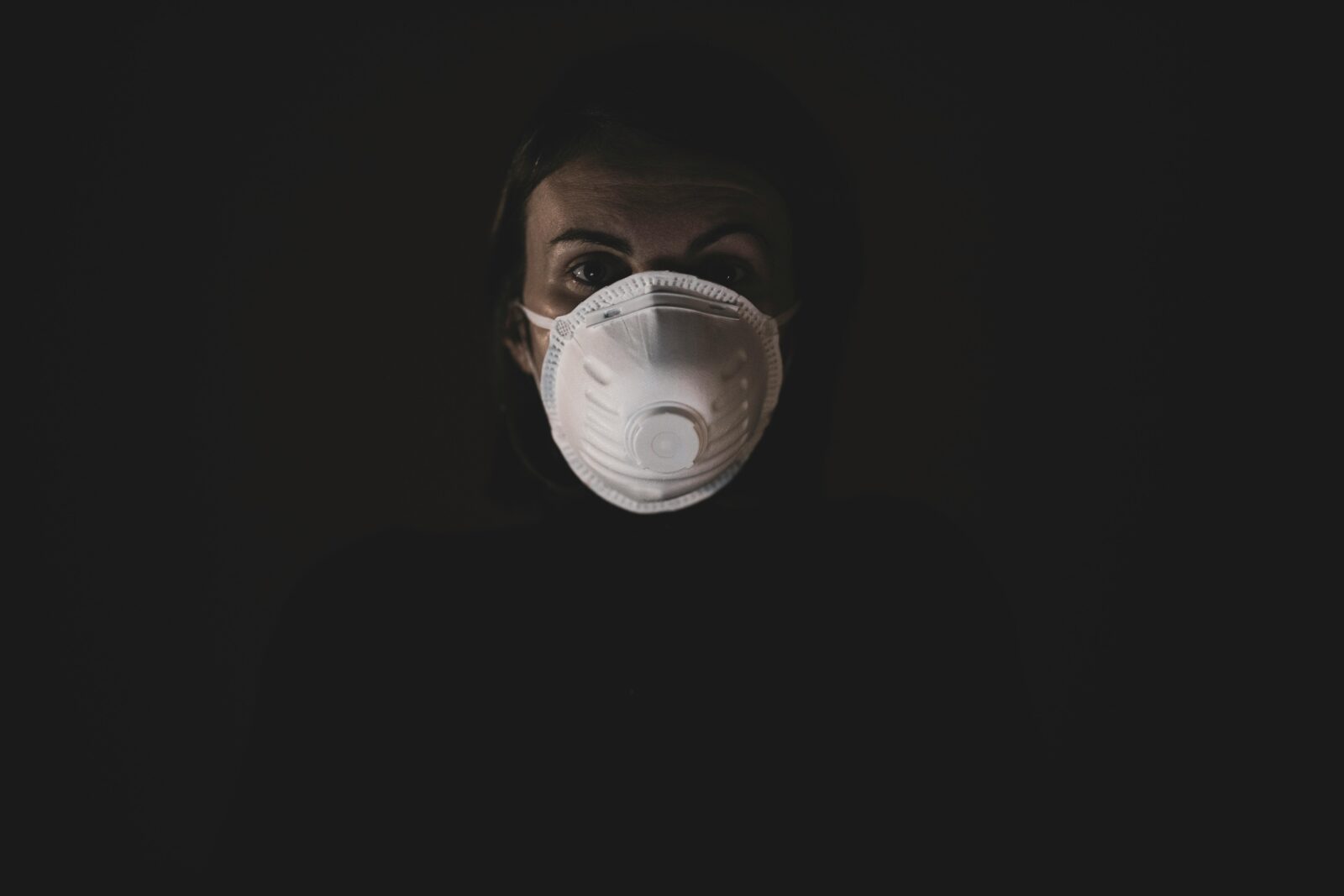Do you want to know why the N95 respirators brand is most popular among the healthcare providers? We are going to talk about respiratory protection for a moment for we understand why these masks are so critical for the safety and well-being of people on the front line.
What are N95 respirators?
n95 respirators are formal protective masks that satisfy specific criteria by developing filtering effectiveness of at least 95% of airborne particles like viruses and bacteria. These respirators are worn tight against the face, so that breathing passes through the mask and not from below and/or around it.
N95 respirators generally came equipped with capabilities of shipping many forms of hazardous substances in the surrounding air from entering the lungs. These masks are very important to health care givers since they offer them protection against the spread of diseases by hogging these masks.
While surgical masks, or cloth masks, or any other face coverings, they have to pass Modified/single plane chicken wire test to meet Canadian Standards Association standards or any other authenticating testing standard. This level of quality check makes N95 respirators stand out from other types as a reliable safety equipment in such high-risk settings where there is risk of coming into contact with pathogens.
Why healthcare professionals need N95 respirators
All healthcare workers should be recognised for fighting bacterial and viral illnesses like COVID 19. N95 respirators may be essential to protecting these vital employees. These revolutionary masks filter at least 95% of airborne pollutants and fit well.
N95 respirators are also invaluable in facilities where health care workers are likely to come across respiratory droplets and aerosols. It forms a well-fitted barrier over the nose and mouth which helps minimise exposure to pathogens to the wearer’s respiratory system.
Moreover, through the protection it provides to healthcare workers and restricting the transmission of transmissible diseases in hospitals, effectiveness of N95 respirators is apparent. Instructions for use of masks are that these should be worn correctly and frequently: This empowers the professionals to deliver quality health care to clients without increasing their vulnerability to contamination.
It is crucial that facilities and/or institutions providing patient care train their workers properly on the proper use of N95 respirators to minimise their potential effectiveness if in case of an emergency, these medical devices should be worn, removed, and disposed of correctly. Daily fit testing is also essential to ensure that each and individual mask will give the right snug fitting to ensure the user is protected.
Comparison with other types of masks
There is a stark contrast between N95 respirators and the other masks with reasons as follows to understand the difference between them. However surgical masks, fashion masks or cloth masks are not as effective as the N95 respirators which are designed to have a particulate filter that can effectively remove at least ninety-five percent of very small airborne particles including viral droplets.
Surgical masks are commonly used in healthcare settings but they do not offer complete protection as compared to N95 respirators due to its filtration capability for particles. Cloth face coverings are even less effective in blocking droplets, microorganisms and other small particles than N95 respirators.
Two is the tightness of N95 respirators, or what is sometimes referred to as the wearer comfort. These masks have the purpose of fitting the areas around the nose and mouth closely, to allow proper filtration of air without extensive loss of pressure. However, cycling with an aero suitcase requires a tighter fit because health care practitioners need as much protection as possible in dangerous zones.
How to properly wear and dispose of N95 respirators
The form of the N95 respirator, and how it is worn, is considered important as a result of the following factors. Begin by pulling the straps to fit your head size and tighten the goggles by performing a fit check around your face. Gently twist the noses or flaps to lock it in position and place the straps over your head.
Ensure that your skin touches the edges of the respirator as you put it on. Again, do not touch the external surfaces of the mask in an attempt to adjust it during its usage in order not to transfer germs. Presumably, the response is similar to this: Breathe properly and gently while using it.
To safely dispose of the used N95 respirator ensure you avoid touching any part of your body with any part of the mask as this may introduce other contaminants on this surface. Take it off by drawing the straps over your head and do this without disturbing the front part of the mask.
Used respirators should be thrown in a closed bin after removal so as to avoid any further use. Practice hand hygiene: Regularly clean your hands with soap and water if you’ve touched or disposed of an N95 respirator, otherwise, you may use hand sanitizers.
Advancements and improvements in N95 respirator technology
Albeit, enduring critical awareness from healthcare providers as watchdogs against infectious diseases and airborne irritants, the enhancements in the N95 respirator are significant. It is for this reason; manufacturers are working round the clock to enhance the design factor and how the N95 respirators fit, as well as the effectiveness of its filtration to give the frontline heroes adequate protection.
Some of the features that make the manufacturers incorporate it includes adjustable straps, comfortable materials to carry and treat with and new filtering system which makes the N95 respirators to be popular in healthcare service providers across the globe. These developments not only provide safety but they also improve the general comfort of the individual, especially where long periods on duty are expected.
The features enhancing the N95 respirator underscore their significance as personal protective equipment for the healthcare professionals. It is crucial therefore for the professionals involved in these risky activities to put on N95 respirators while observing the set guidelines towards use and disposal so as to feel safe while protecting their health as they attend to their patients.












